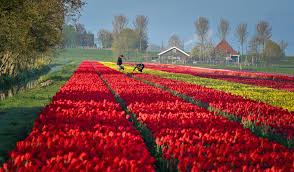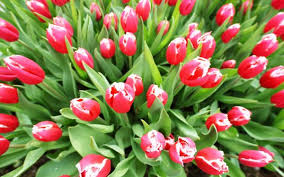The Importance of Open Spaces in Palace Design
The architectural brilliance of Chinese palaces has fascinated historians, architects, and visitors for centuries. Known for their grandeur, intricate design, and profound cultural symbolism, these palaces reflect not only the power and authority of the ruling dynasty but also an intricate balance between structure, aesthetics, and nature. One key feature that stands out in the









